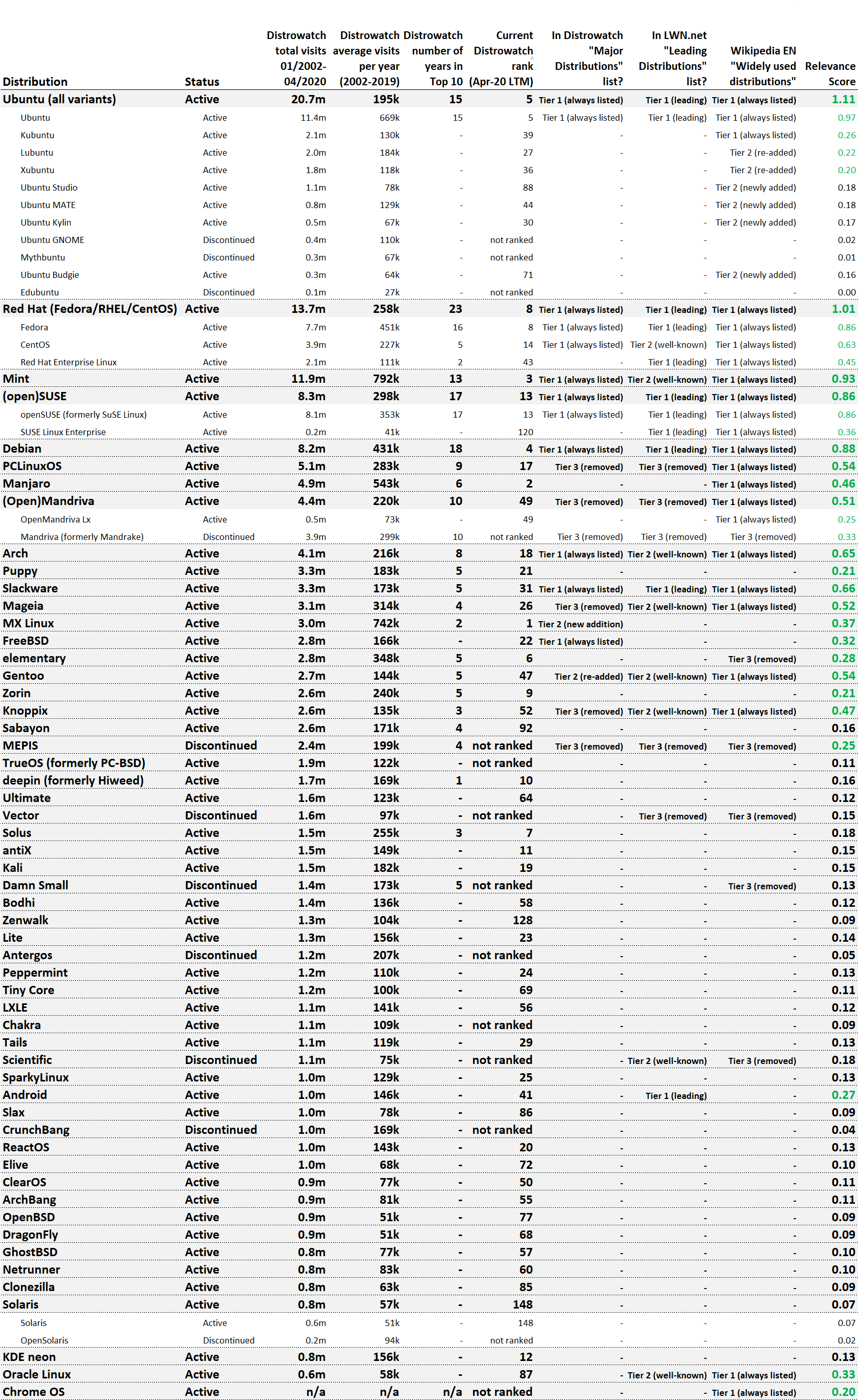Your browser supports Web Environment Integrity (WEI), which is harming the freedom and openness of the web.
WEI is Google's attempt to lock down the web. In short, a Google-owned server will be asked to confirm that the browser does not deviate in any way from Google's accepted browser configuration. This can used to prevent users from blocking ads, trackers and other harmful content. It allows website owners to lock out users of unapproved (non-Chrome) browsers, unapproved operating systems, and older hardware. Not only would this further cement the Chrome's monopoly, but if WEI is allowed to become widespread then Google could even consider making remote attestation mandatory for websites: non-participating websites will be downranked on Google Search and labeled with a "security" warning in Chrome.
Click here to read why we need to nip WEI in the bud.
Please use a WEI-free browser such as Firefox (recommended), Safari, Brave, Pale Moon, or GNOME Web.
I'm unable to change my browser, please let me continue to the website.
It seems that you're not using an adblocker. Please consider installing an adblocker such as
uBlock Origin or
Adguard to improve your browsing experience.
Default Desktop Environments for Linux and Unix
Timeline since 1990 showing the most important distributions
Last updated: May 2021
The picture below shows the standard/default desktop environments used by the most popular Linux distributions and Unix systems, from 1990 to 2020. Please note the small annotations that explain why a desktop environment was determined to be the default choice or not, as this is not straightforward for every distribution.

Click here to open the picture in a new tab
Main Findings
- Many traditional KDE distros died or switched to other desktops, while GNOME distros stayed loyal. MEPIS died in 2013 and its de facto successor MX uses Xfce. Mandriva died in 2012 and its successor OpenMandriva did not manage to gain the same popularity and mindshare. Mageia, PCLinuxOS, and openSUSE have changed from KDE-default to desktop-agnostic. The commercial successor SUSE Linux, SUSE Linux Enterprise Desktop, only offers GNOME. Compare 2004 and 2020: In 2007 the most important distributions were Red Hat/Fedora (GNOME), Debian (GNOME), Ubuntu (GNOME), openSUSE (KDE), Mandriva (KDE), PCLinuxOS (KDE), Slackware (KDE), and MEPIS (KDE). That's 3 points for GNOME and 5 points for KDE. In 2020 the most important distributions are Red Hat/Fedora (GNOME), Debian (GNOME), Ubuntu (GNOME), openSUSE (KDE/GNOME/Xfce), and Mint (Cinnamon/MATE/Xfce). That's 3⅓ points for GNOME, ⅔ for Xfce, and ⅓ each for KDE Plasma, Cinnamon, and MATE.
- "Newcomers" often use neither GNOME nor KDE. Examples: Mint (Cinnamon/MATE/Xfce with Cinnamon being dominant), Manjaro (Xfce dominant although KDE and GNOME are also offered), MX Linux (Xfce although KDE also offered), and elementary (Pantheon).
- GNOME = Corporate Linux. Red Hat (RHEL, CentOS, Fedora) always used GNOME, because they are the main developers of GNOME in the first place. SUSE Linux Enterprise Desktop only offers GNOME, unlike the agnostic openSUSE and KDE-only earlier versions of SUSE Linux. The last release of Mandriva, historically one of the most popular KDE distributions, was in 2012 as the company developing it went bankrupt. Canonical/Ubuntu stopped the development of its own desktop environment Unity and went back to GNOME in 2017. Oracle Solaris uses GNOME, while the open-source fork OpenIndiana switched over to MATE.
- The uprising against GNOME 3, released in 2011, has been quelled. Canonical gave up its development of the Ubuntu Unity desktop, and Debian, who pondered switching to Xfce, stayed with GNOME 3. Commercial distributions (RHEL, SLE, Solaris) have taken a long time but finally adopted GNOME 3 in 2018-19. However, a couple of distributions which developed their own desktop have not returned to GNOME, e.g. Mint or elementary. Furthermore, some distributions, such as Ubuntu or Zorin OS, ship with modified versions of GNOME 3 with more classical interfaces.
- KDE seems to be more popular with Continental European developers and GNOME with Anglo-American developers. Most KDE distributions in the timeline graph are either German (Slackware, SUSE) or French (Mageia, (Open)Mandriva), and all GNOME distributions shown are from Anglophone countries (RHEL, CentOS, Fedora, Oracle, Debian, SUSE Linux Enterprise and Solaris from the US, and Ubuntu and Zorin OS from the British Isles).
Officially supported Desktop Environments by Distribution
| GNOME | Xfce | KDE Plasma | MATE | LXQt/ LXDE | Cinnamon | Budgie | Enlightenment | Deepin | Pantheon | UKUI | Lumina | Trinity | Lomiri/ Unity | CDE |
|---|
| LINUX |
| Arch | yes | yes | yes | yes | yes | yes | yes | yes | yes | | yes | | | | |
| CentOS | yes | | | | | | | | | | | | | | |
| Debian | yes | yes | yes | yes | yes | yes | yes | yes | | | yes | | | | |
| elementary OS | | | | | | | | | | yes | | | | | |
| Fedora | yes | yes | yes | yes | yes | yes | | yes | yes | yes | | yes | | | |
| Gentoo | yes | yes | yes | yes | yes | yes | yes | yes | yes | yes | | yes | yes | | |
| Knoppix | yes | | yes | | yes | | | | | | | | | | |
| Mageia | yes | yes | yes | yes | yes | yes | | yes | | | | | | | |
| Mint | | yes | | yes | | yes | | | | | | | | | |
| MX Linux | | yes | yes | | | | | | | | | | | | |
| OpenMandriva | | | yes | | | | | | | | | | | | |
| openSUSE | yes | yes | yes | yes | yes | yes | yes | yes | yes | yes | | | | | |
| Oracle Linux | yes | | | | | | | | | | | | | | |
| PCLinuxOS | | yes | yes | yes | | | | | | | | | | | |
| RHEL | yes | | | | | | | | | | | | | | |
| Slackware | | yes | yes | | | | | | | | | | | | |
| SLED | yes | | | | | | | | | | | | | | |
| Ubuntu | yes | yes | yes | yes | yes | yes | yes | yes | | | yes | | | yes | |
| Zorin OS | yes | yes | | | | | | | | | | | | | |
| UNIX - BSD |
| DragonFlyBSD | | yes | yes | yes | yes | | | yes | | | | yes | | | |
| FreeBSD | yes | yes | yes | yes | yes | yes | | yes | | | | yes | | | yes |
| NetBSD | yes | yes | | yes | yes | | | yes | | | | | | | |
| OpenBSD | yes | yes | | yes | yes | | | yes | | | | yes | | | |
| UNIX - SYSTEM V |
| AIX | | | | | | | | | | | | | | | yes |
| HP-UX | | | | | | | | | | | | | | | yes |
| Illumos | | yes | | yes | yes | | | | | | | | | | |
| Solaris | yes | | | | | | | | | | | | | | |
How did I choose which Linux distributions are "important"?
When creating the above picture, one question was which Linux distributions to include. For this, I created a "relevance score", calculated as follows:
- Mix of Distrowatch visits/ranks, appearance in well-known lists of major distributions, and today's development status.
- 25% weight: total visits on Distrowatch.com from 2002 to April 2020. This shows the long-term interest and "mindshare" (not market share) of the various distributions. Score 1.0 awarded to the most visited distribution of all times (vanilla Ubuntu, 11.4m visits) and the score for the other distributions was then calculated as a percentage of Ubuntu's visits.
- 10% weight: average visits per year on Distrowatch.com (only considering years when the distribution was ranked in the top 100). This is beneficial for younger but very popular distributions. Score 1.0 awarded to the best performing distribution (Mint, 792,000 visits per year) and the score for the other distributions was then calculated as a percentage of Mint's visits per year. For some of the "meta-distributions" (e.g. all Ubuntu flavours) I have shown the weighted averages of the Distrowatch-listed Distributions (i.e. Ubuntu/Kubuntu/Lubuntu/Xubuntu etc).
- 10% weight: number of years ranked in Top 10 on Distrowatch.com. This benefits distributions that consistently top the ranks. As my analysis covered 18 years, this would give a score of 1.0, 9 years in the top 10 would give a score of 0.5 and so on.
- 5% weight: the distribution's current rank on Distrowatch.com. I took the last 12 months total as of late April 2020. Score 1.0 for Rank 1, Score 0.5 for Rank 51, Score 0.01 for Rank 100, Score 0.0 for all ranks below 100.
- 15% weight: appearance in Distrowatch major distributions list. Score 1.0 for "Tier 1" distros, i.e. distros that have always been in the major distributions list since they were first listed; Score 0.67 for "Tier 2" distros, i.e. distros that have only recently been added to the list or that have been removed from the list at some point but are currently on it; Score 0.33 for "Tier 3" distros, i.e. distros that have been removed from the list but were listed in the past; Score 0.0 for distros that have never been listed.
- 15% weight: appearance in LWN leading distributions list. Score 1.0 for "Tier 1" distros, i.e. distros that are listed as "leading"; Score 0.67 for "Tier 2" distros, i.e. distros that are listed as "well-known"; Score 0.33 for "Tier 3" distros, i.e. distros that have been removed from the list but were listed in the past; Score 0.0 for distros that have never been listed.
- 15% weight: appearancec in Wikipedia's widely used distributions list. Score 1.0 for "Tier 1" distros, i.e. distros that have always been in the list since they were first listed; Score 0.67 for "Tier 2" distros, i.e. distros that have only recently been added to the list; Score 0.33 for "Tier 3" distros, i.e. distros that have been removed from the list but were listed in the past; Score 0.0 for distros that have never been listed.
- 5% weight: Score 1 for active distributions, Score 0 for discontinued distributions.
- Note that some commercial distributions (Chrome/Chromium OS, Android) and Unix systems (AIX, HP-UX, macOS) do not appear on Distrowatch and hence the score cannot be correctly calculated for them. I have decided to just include all surviving Unix systems.
- I looked at all distributions that had at least 750,000 total visits on Distrowatch since 2002.
- Cutoff point: a relevance score of 0.2.


